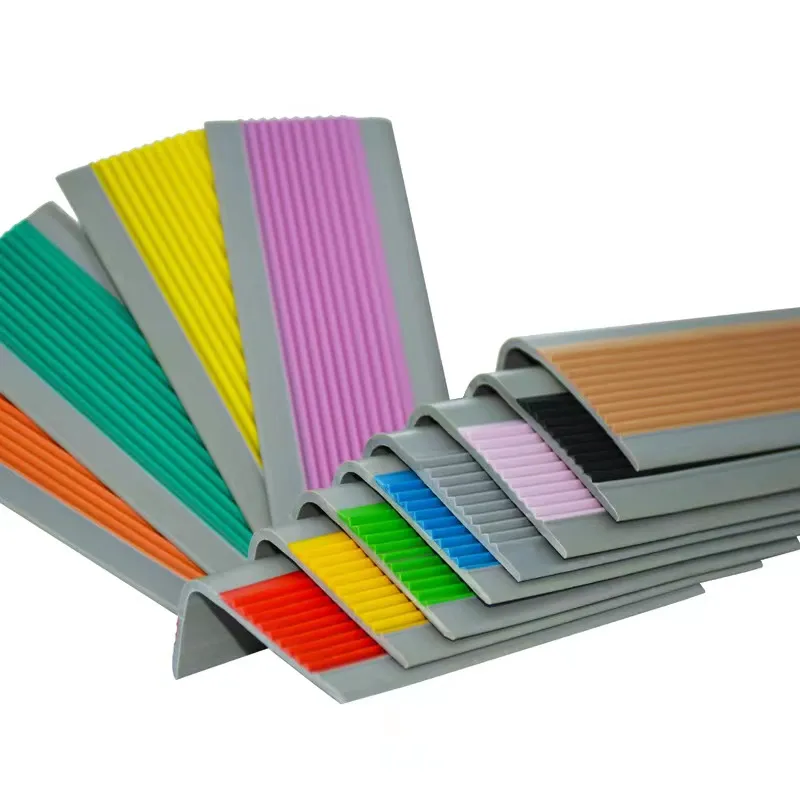garage door weather seal types
Understanding Different Types of Garage Door Weather Seals
Garage doors play a vital role in not only securing your vehicle and belongings but also protecting your garage from external elements. One essential component often overlooked is the weather seal. A proper weather seal prevents drafts, water, dirt, and pests from entering your garage, thus enhancing energy efficiency and prolonging the lifespan of your garage door. In this article, we will explore the various types of garage door weather seals, helping you understand which one may be the best fit for your needs.
1. Bottom Weather Seals
Bottom weather seals, also known as sweeps, are located at the base of the garage door. They are designed to create a shield against moisture, dirt, and pests entering from underneath. These seals can be made from various materials, including rubber, vinyl, or neoprene. Rubber seals are particularly popular due to their durability and weather resistance. It is essential to choose a bottom seal that can effectively compress against the floor, thus creating a tight barrier. When installing a new bottom weather seal, ensure it is correctly sized and fitted to avoid gaps that could compromise its effectiveness.
2. Side and Top Weather Seals
Weather seals are also installed along the sides and top of the garage door. These seals help to fill the gaps between the door and the frame, providing an air-tight closure. Side seals are often made from flexible rubber or vinyl. They typically come in a J or T shape, allowing them to flex and conform to any irregularities in the door frame or the door itself.
Top weather seals work similarly, sealing the gap between the top of the door and the door frame. These seals are crucial in preventing water from leaking into the garage, especially during heavy rain or snow. A good top weather seal can also help reduce noise from outside, adding an extra layer of comfort to your garage space.
3. Threshold Seals
garage door weather seal types

Threshold seals are installed on the garage floor, directly under the garage door. They are particularly useful in areas that experience heavy rainfall or flooding, as they provide an additional barrier against water entry. Typically made of heavy-duty rubber or PVC, these seals can raise the door slightly, creating an effective seal when the door is closed. When selecting a threshold seal, it's crucial to choose one that matches the height of your garage door. This ensures a snug fit and prevents any potential water seepage.
4. Insulated Weather Seals
For those living in extreme climates, insulated weather seals can significantly enhance energy efficiency within the garage. These seals are designed not only to prevent air leaks but also to provide thermal insulation. Insulated seals often consist of a layer of foam or fiberglass that adds an extra barrier against heat loss or gain. This can be particularly beneficial if you use your garage as a workshop or extra living space. Insulated seals tend to be more expensive but can save on heating and cooling costs over time.
5. Retractable Weather Seals
Retractable weather seals are a more advanced solution for those looking for versatility. These seals can be rolled up or extended as needed, making them ideal for garages that frequently transition between being an open workspace and a secure storage area. They often incorporate flexible materials that can accommodate heavy usage without compromising seal integrity.
Conclusion
Investing in the right garage door weather seal not only protects your garage from external elements but also improves its overall energy efficiency and comfort. Whether you choose a standard bottom sweep, side seals, top seals, or an advanced insulated option, each type serves a critical function. Assessing your local climate, the specific needs of your garage, and the existing door structure will guide you in selecting the best weather seal for your garage.
Remember, maintaining and replacing weather seals as needed can prevent long-term damage and costly repairs caused by moisture and pests. Take the time to evaluate your garage and make necessary adjustments to ensure it stays protected, comfortable, and energy efficient all year round.
-
Under Door Draught Stopper: Essential ProtectionNewsJul.31,2025
-
Garage Door Seal and Weatherstrips for ProtectionNewsJul.31,2025
-
Edge Banding Tape for Perfect EdgesNewsJul.31,2025
-
Table Corner Guards and Wall Corner ProtectorsNewsJul.31,2025
-
Stair Nose Edging Trim and Tile Stair SolutionsNewsJul.31,2025
-
Truck Bed Rubber Mats for Pickup BedsNewsJul.31,2025
-
Window Weather Stripping for Noise ReductionNewsJul.29,2025